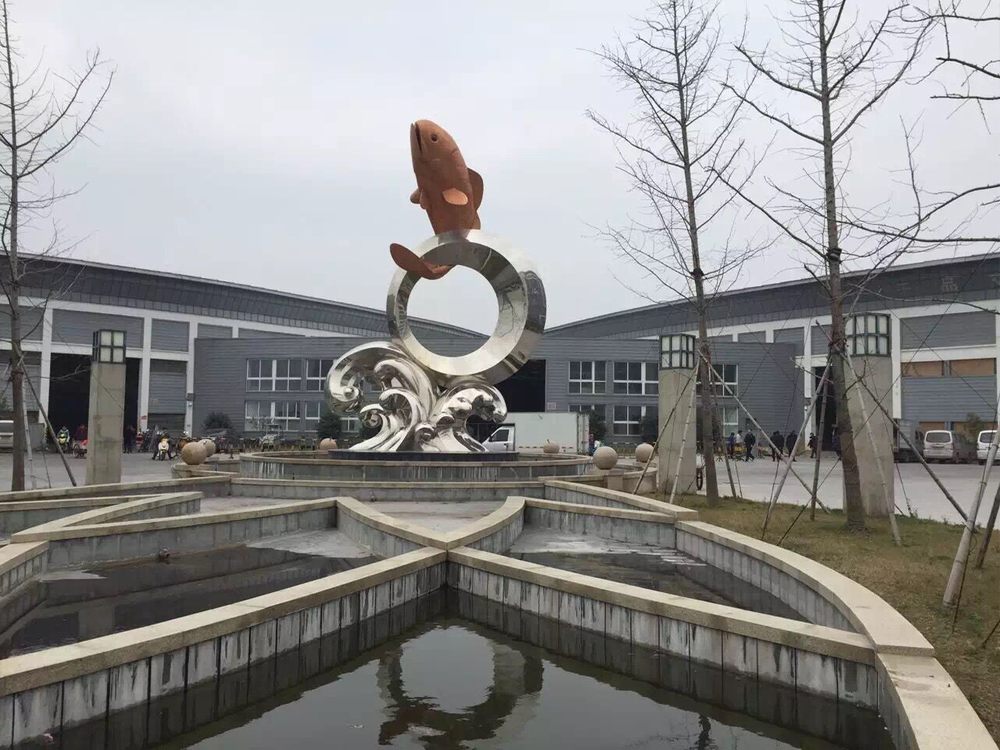
Bas-relief porcelain sculptures captivate viewers with their remarkable illusion of depth, achieved through a combination of artistic skill and technical precision. Artists employ several key techniques to create this three-dimensional effect on a flat or slightly curved surface.
First, meticulous layering is essential. By carving or molding porcelain at varying depths—from subtle undulations to pronounced projections—artists establish a gradient that mimics natural perspective. The highest points catch light sharply, while recessed areas remain shadowed, enhancing the sense of volume.
Second, controlled compression of forms tricks the eye. Distant elements are flattened slightly, while foreground details are sculpted with fuller relief, replicating how objects appear smaller and less distinct in the distance. This spatial hierarchy, borrowed from traditional painting techniques, reinforces depth perception.
Third, strategic undercutting—where edges are carved at acute angles—creates dramatic shadows that define contours. When combined with delicate surface textures (like fine lines for fabrics or stippling for skin), these shadows add lifelike dimensionality.
Finally, the porcelain’s luminous quality amplifies the effect. The material’s semi-translucency allows light to penetrate shallow layers, producing soft internal glows that suggest atmospheric depth. Master artists often enhance this by applying translucent glazes to recessed areas, making them visually recede further.
Through these methods, bas-relief porcelain transforms into a dynamic medium where millimeters of elevation difference evoke vast spatial narratives, proving that depth resides not in physical thickness but in the artist’s ability to manipulate perception.

